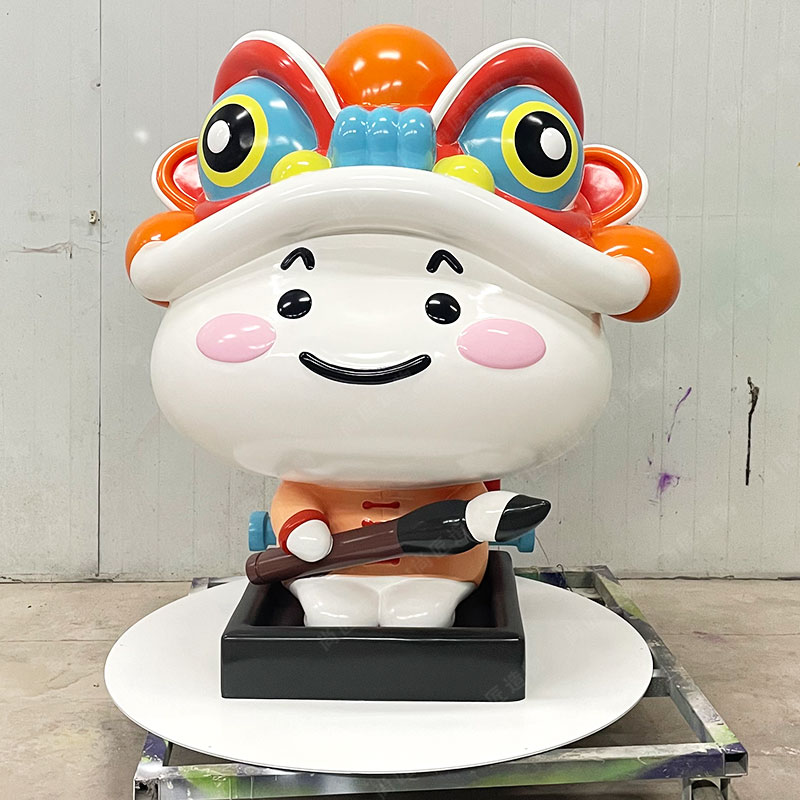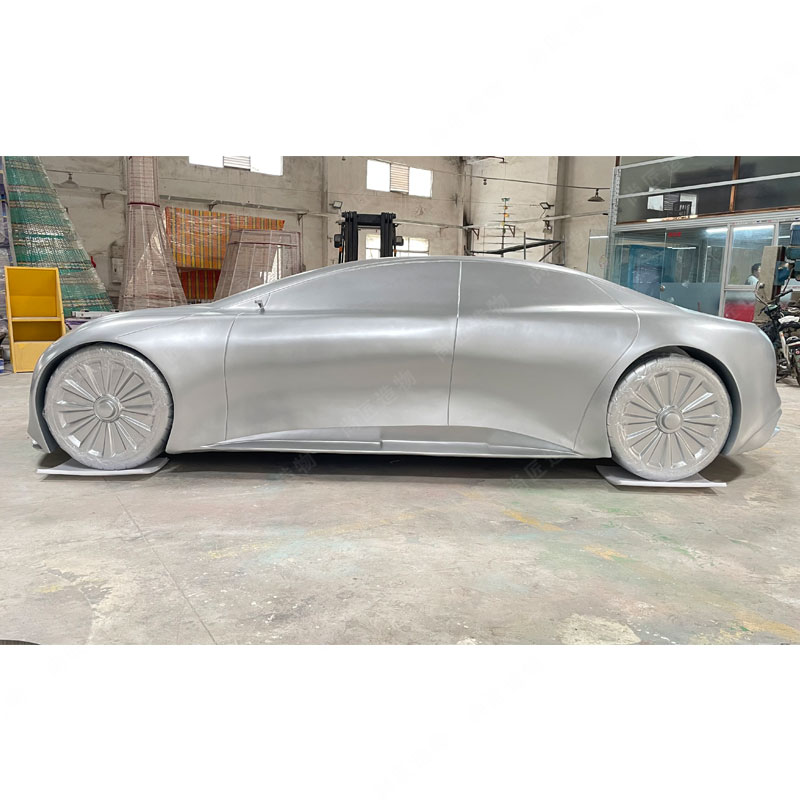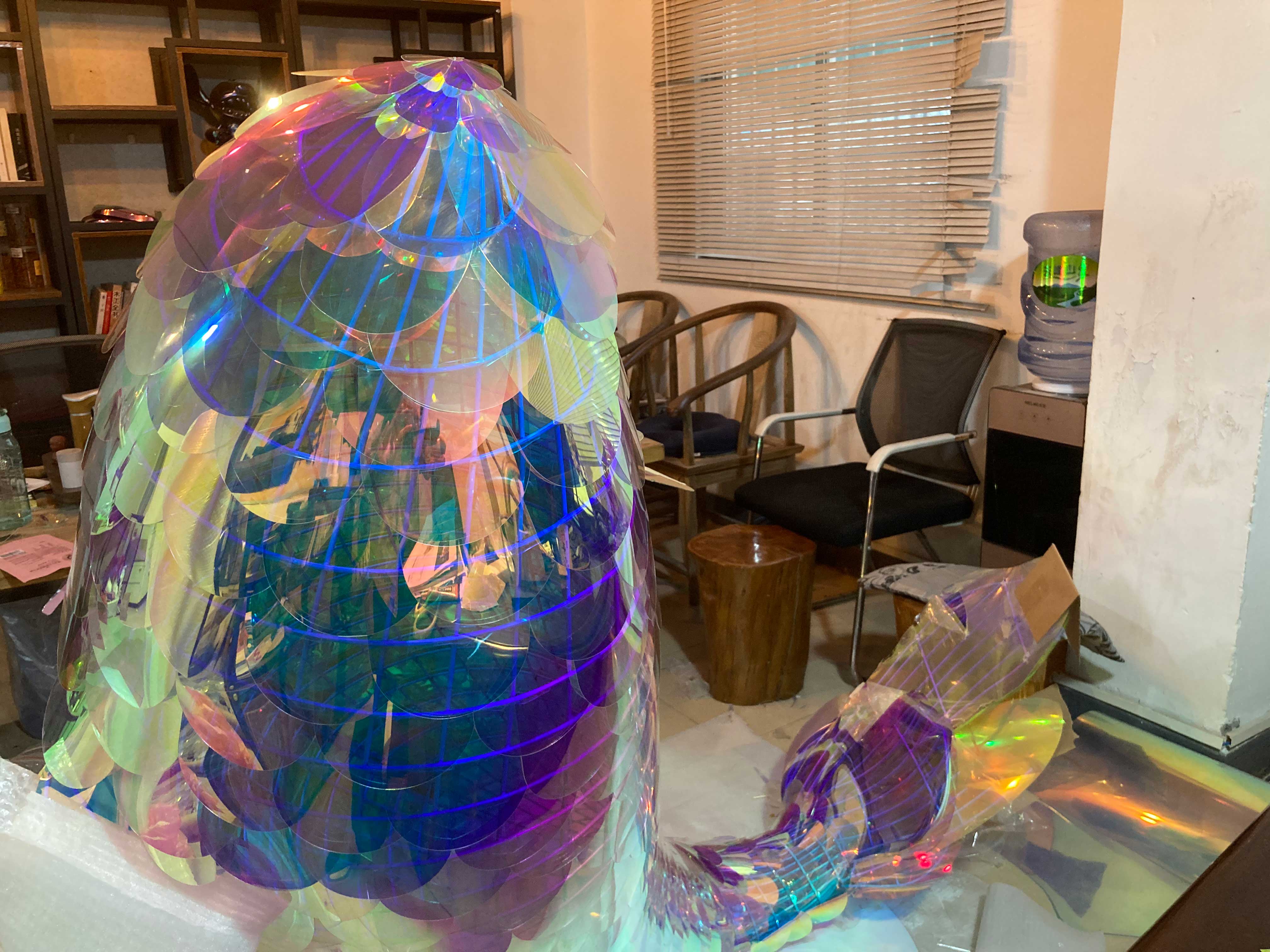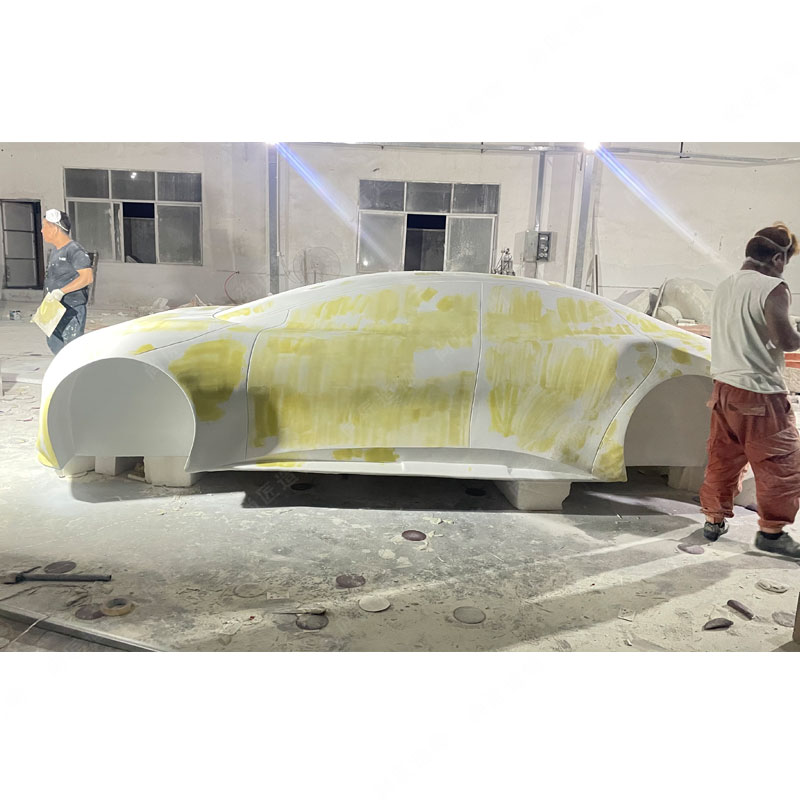Modern metal art sculpture fundamentally transforms how we see industrial materials. Artists actively reshape steel, iron, and aluminum, moving far beyond traditional casting. They employ diverse methods like precise welding, forging, plasma cutting, and patination to reveal metal's hidden potential. This work often involves repurposing scrap or functional industrial pieces, turning cold, utilitarian objects into expressive forms rich with history and texture. The results are remarkably varied: monumental public structures, intricate delicate pieces, or dynamic kinetic sculptures that move with wind or touch. Ultimately, contemporary metal artists demonstrate that rigid materials can convey movement, emotion, and organic qualities, constantly redefining the boundaries of sculptural expression.
The Alchemy of Iron: Contemporary Visions in Metal
Today's sculptors approach metal not just as a material, but as a dynamic partner in creation. They transform cold, industrial substances like iron and steel into expressive forms that challenge our perceptions. This modern alchemy involves sophisticated techniques far beyond traditional casting. Artists bend, weld, torch-cut, and forge, manipulating metal with both precision and improvisation. The resulting works range from monumental, abstract structures that dominate public spaces to intricate, delicate pieces exploring texture and light. Figures like Richard Serra and Eduardo Chillida pioneered this movement, demonstrating metal's immense capacity for both weight and grace. Contemporary creators continue to push boundaries, incorporating patination for color, kinetic elements for movement, and combining metals in unexpected ways. This constant experimentation reveals metal's surprising versatility and emotional range, turning rigid beams and sheets into flowing, almost organic expressions. Understanding these diverse approaches helps appreciate the spectrum within modern metal art, from monumental abstraction to highly detailed Realistic sculpture.
Common Techniques in Contemporary Metal Sculpture
| Technique | Primary Application | Key Effect/Characteristic |
|---|---|---|
| Welding | Joining metal pieces (MIG, TIG, Arc) | Creates strong seams, allows complex forms |
| Forging | Shaping heated metal with hammers/presses | Creates texture, strength, organic flow |
| Torch Cutting | Removing metal using high-heat torches | Creates intricate patterns, jagged edges |
| Patination | Applying chemicals to alter surface color | Adds color, depth, prevents rust |
| Fabrication | Cutting, bending, assembling sheet/bar | Allows precise geometric forms |
| Kinetic Elements | Incorporating movement (wind/motor) | Adds dynamism, changes over time |
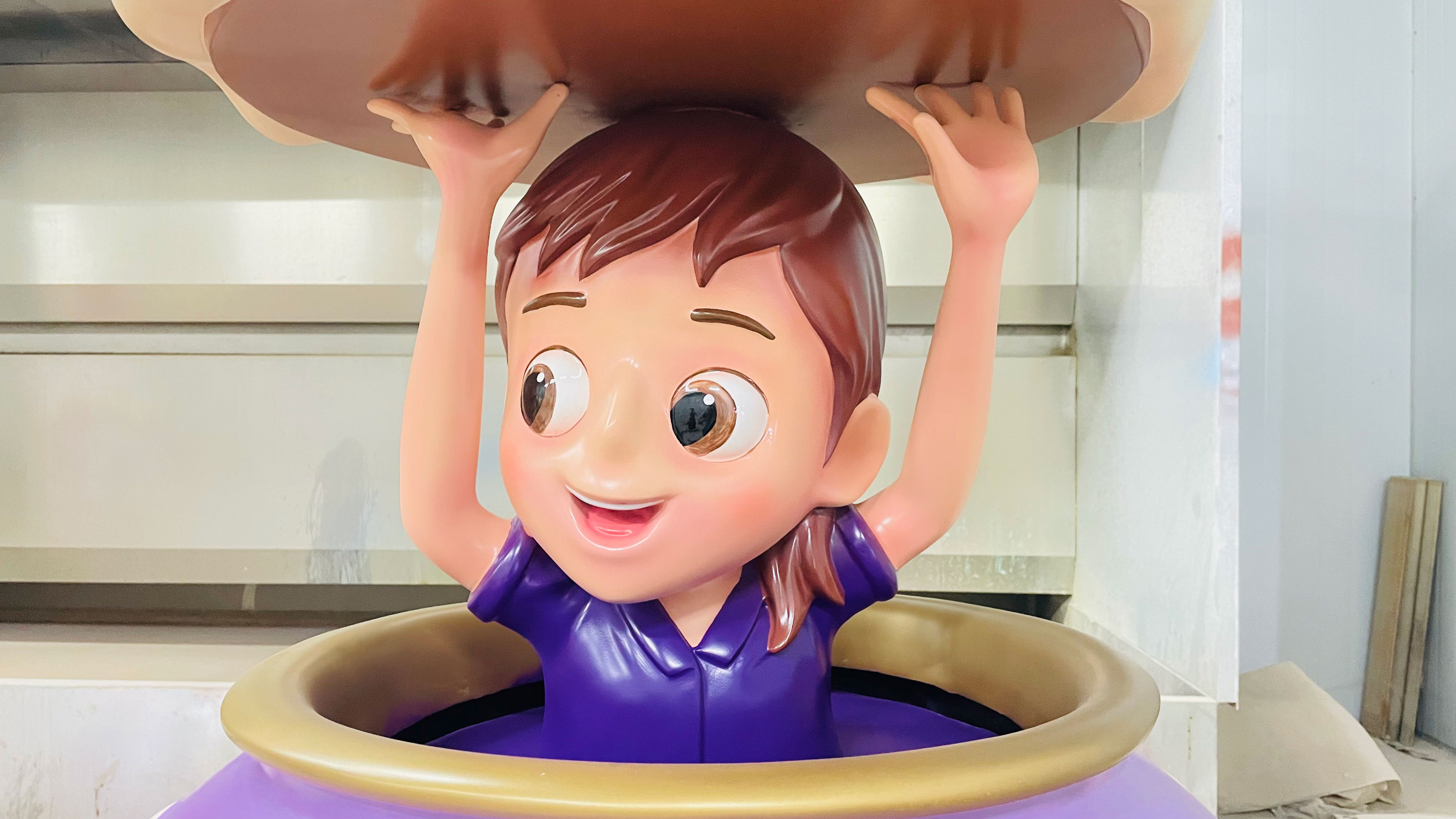
Industrial Materials Reborn: Sculptors' Modern Manifesto
Moving beyond the factory floor, sculptors today see immense potential in discarded or overlooked industrial materials. Steel beams, rusted sheet metal, old gears, and even decommissioned machinery find new life as expressive art forms. This shift represents a manifesto: a deliberate choice to transform the cold, functional objects of industry into evocative statements about our world. Artists harness welding torches, plasma cutters, and grinding tools not just to shape, but to reinterpret. They celebrate the inherent textures – the pitting of rust, the smoothness of polished steel, the weight of iron – turning perceived flaws into compelling visual elements. The focus is on revealing the beauty latent within the utilitarian.
"The challenge and the joy lie in convincing steel to do something it wasn't designed for, to make it flow like water or capture a fleeting moment," notes sculptor Elena Rossi.
This philosophy extends beyond abstract forms, sometimes influencing representational work, including unique approaches to Cartoon sculpture. It's a conscious reclaiming, demonstrating that artistic vision can breathe profound meaning into the most ordinary, mass-produced items, setting the stage for exploring even more dynamic movements in metal.
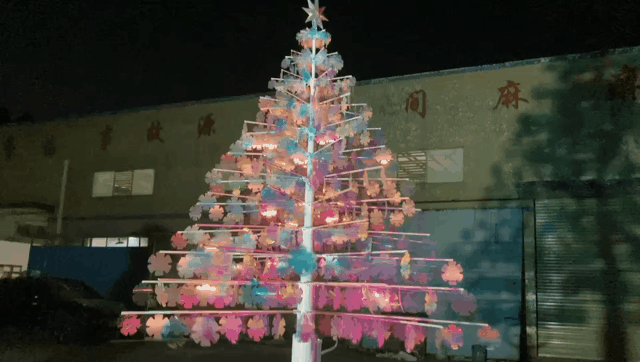
Forging the Future: Kinetic Forms in Metal Artistry
Meanwhile, artists push boundaries by creating sculptures designed to move. Kinetic metal art transforms static material into dynamic experiences. Using carefully engineered pivots, bearings, and counterweights, sculptors harness natural forces like wind or gentle human interaction. Pieces might feature rotating polished stainless steel discs catching light, or articulated aluminum segments swaying rhythmically. This focus on motion demands precise craftsmanship. Every joint must be perfectly balanced, every pivot point smooth, ensuring effortless, often silent, movement. The result is art that changes constantly, offering viewers a unique spectacle with every glance. Some artists even integrate complementary materials, like Fiberglass sculpture, for contrasting textures within the moving form. It transforms cold metal into something surprisingly alive and responsive.
Beyond the Foundry: Innovators Reshaping Sculptural Traditions
Today's metal artists often skip the traditional foundry altogether. They aren't just pouring molten metal into molds anymore. Instead, they're reshaping the entire process of working with steel, iron, aluminum, and other industrial metals. Think cutting, bending, welding, and assembling. This fundamental shift opens up incredible possibilities. Artists explore massive scale, create intricate patterns, or build forms that seem impossibly delicate for such tough materials. Some even incorporate found objects, giving discarded industrial pieces new life as art. Others focus on movement, creating dynamic kinetic sculpturethat changes with the wind or viewer interaction. This move away from casting allows for greater spontaneity and direct physical engagement with the metal. It reflects a broader desire to push boundaries and find fresh ways to express ideas through this enduring medium. The material itself becomes a partner in creation, its properties actively shaping the final artwork.
The Welder's Canvas: Cutting-Edge Techniques in Metalwork
Today's metal sculptors wield welding tools like paintbrushes, transforming raw steel and alloys into intricate art. Gone are the days of purely functional joins; techniques like TIG welding, plasma cutting, and meticulous metal shaping allow for astonishing precision and detail. Artists manipulate heat and metal, creating textures from glass-smooth surfaces to deeply pitted, expressive marks. This level of control turns sheets of steel and found objects into complex, flowing forms previously impossible. Some push boundaries further, incorporating computer-aided design to guide laser cutters or CNC machines for extreme accuracy, especially for large-scale public commissions or intricate pieces like bespoke IP character sculpture. Others explore patinas and chemical treatments directly on welded surfaces, adding layers of color and meaning. These evolving methods give artists unprecedented freedom to realize their vision directly in metal, moving sculptural expression far beyond traditional casting or forging. The welder's torch is now a vital instrument for contemporary creation.
When Steel Breathes: Dynamic Expressions in Modern Sculpture
Contemporary artists transform rigid steel into fluid expressions through innovative manipulation techniques. By cutting, welding, and texturing industrial metal, they create sculptures that appear weightless and alive. These works capture motion—curved sheets imitate flowing fabric, while twisted rods suggest organic growth. Artists often use polished stainless steel sculpturefor its reflective quality, making pieces interact with changing light and surroundings. This material choice allows outdoor installations to withstand weather while maintaining visual impact. The resulting artworks challenge perceptions of metal's static nature, demonstrating how calculated folds and strategic balance can make steel seem to sway or breathe. Such creations reveal metal's hidden flexibility in skilled hands, turning cold industrial matter into dynamic visual poetry.

Metamorphosis of Metal: How Artists Redefine Industrial Matter
Artists today see potential where others see scrap. They actively transform discarded industrial materials—think old car parts, worn-out tools, or leftover construction steel—into compelling sculptures. This isn't just recycling; it's a complete reimagining. These objects, born for pure function in factories or on construction sites, shed their original purpose. Through careful cutting, bending, and welding, artists give them new life and meaning. A rusted gear becomes part of a delicate bird's wing. Sturdy I-beams twist into graceful, flowing forms. Heavy chains link to create surprisingly light-looking structures. This metamorphosis challenges our view of these materials. What was once merely strong, practical, and often overlooked becomes expressive, dynamic, and visually engaging. The inherent history and texture of the metal add depth to the final artwork, telling a story beyond the artist's initial vision. It turns cold, industrial matter into something resonant and alive.
Conclusion
As we've seen, modern metal sculpture continually evolves through artistic vision and technical innovation. Contemporary artists transform industrial materials like steel, iron, and aluminum into expressive forms that challenge traditional boundaries. They employ diverse techniques—from precise welding and fabrication to dynamic kinetic elements and transformative patination—to reveal metal's hidden versatility. These approaches allow rigid, functional materials to convey movement, emotion, and organic qualities. The journey from raw industrial matter to finished artwork demonstrates a profound reimagining of metal's potential. This ongoing exploration ensures that metal remains a vital, dynamic medium for artistic expression, pushing the language of sculpture into new and compelling territory.
FAQs
How do metal sculptures withstand outdoor weather?
Artists use weather-resistant metals like stainless steel or aluminum and apply protective patinas. Regular maintenance like wax coatings also helps prevent rust and corrosion in public installations.
Can I touch kinetic sculptures in museums?
Most museums prohibit touching due to sensitivity of moving parts. Outdoor public kinetic pieces are often designed for interaction—look for signage indicating whether touch is permitted.
Why do artists often use scrap or industrial metal?
Beyond recycling benefits, reclaimed materials carry history and texture that new metal lacks. Their imperfections add narrative depth, turning functional objects into expressive art with inherent character.
Do sculptors collaborate with engineers?
Frequently. Complex kinetic works or large-scale installations require engineering expertise for structural integrity and movement mechanics. This collaboration merges artistic vision with technical precision.
How long does creating a metal sculpture typically take?
Timelines vary drastically. A small welded piece might take weeks, while monumental public works involving fabrication and engineering can require years from concept to installation.
 ch
ch English
English

